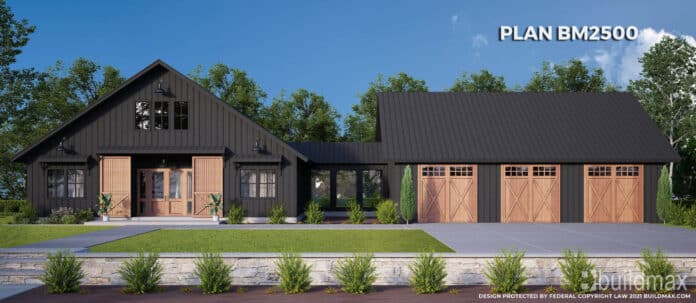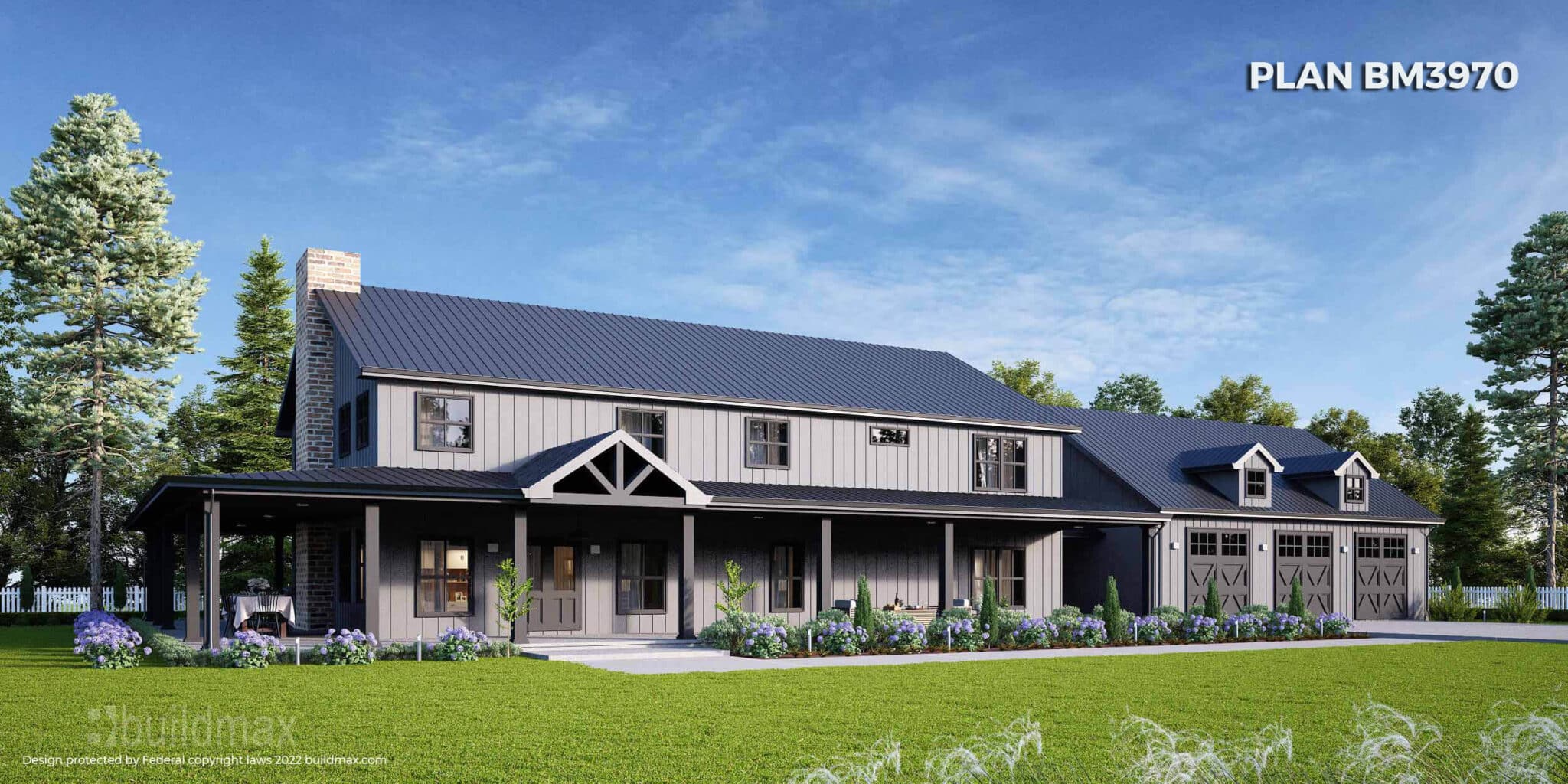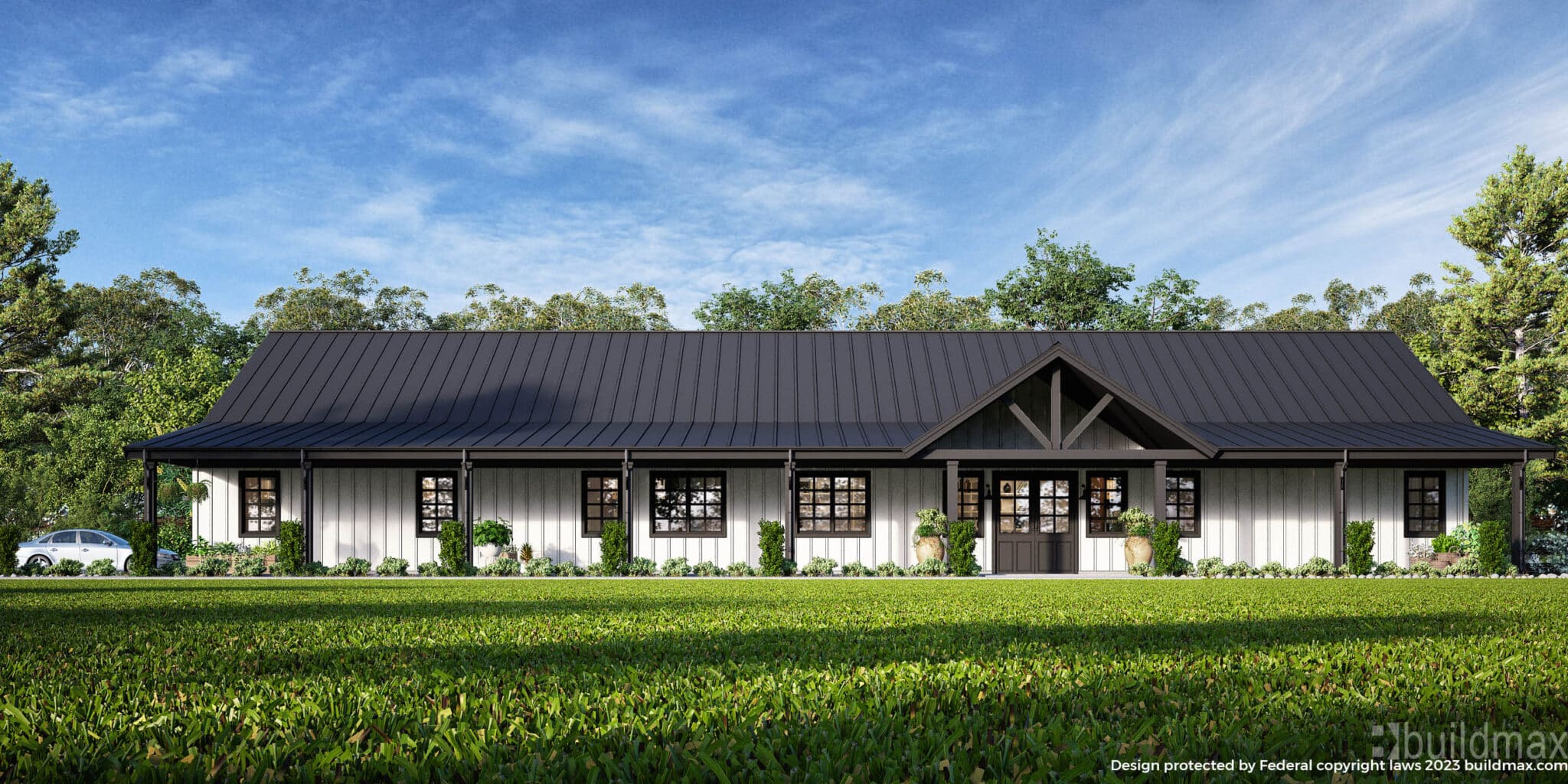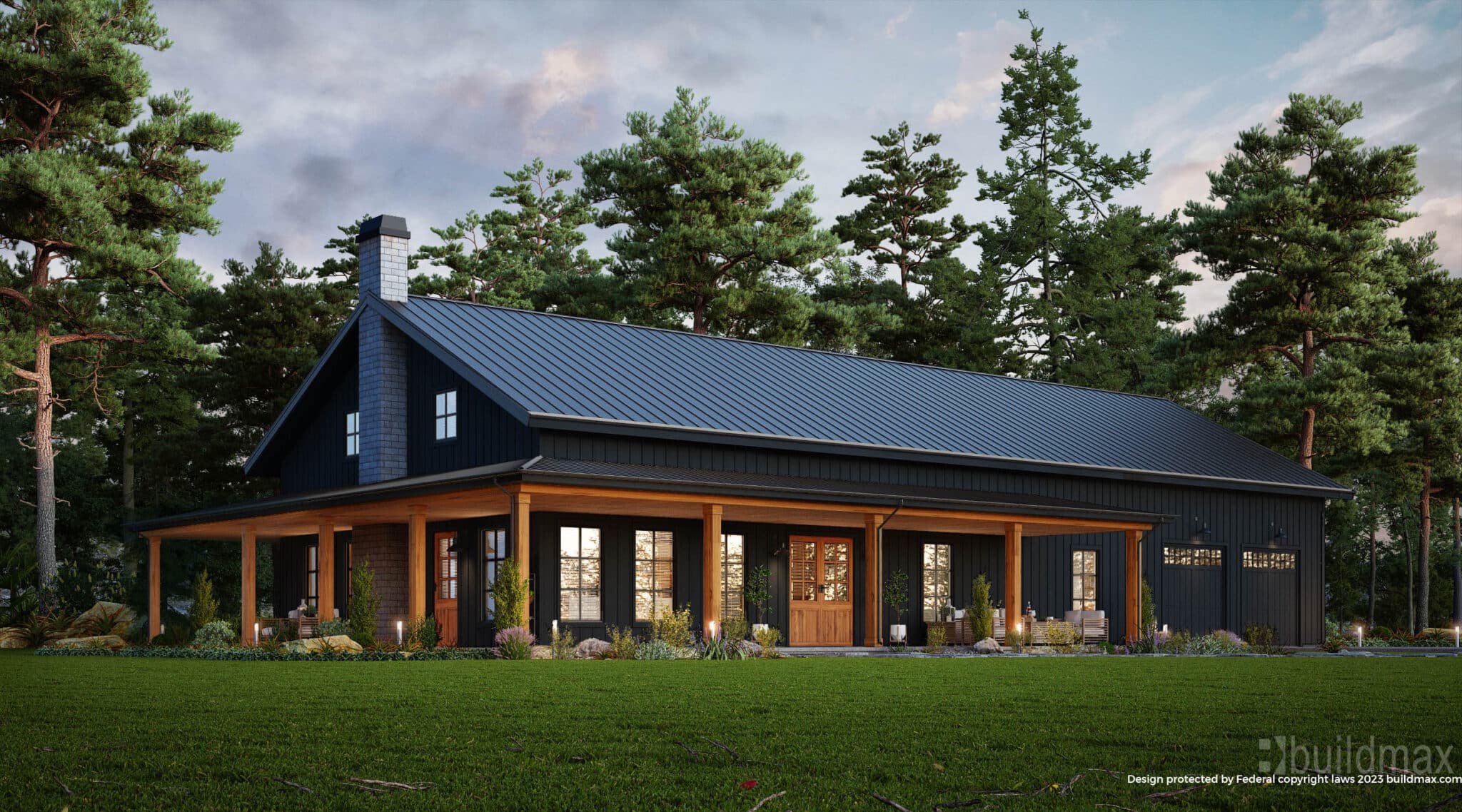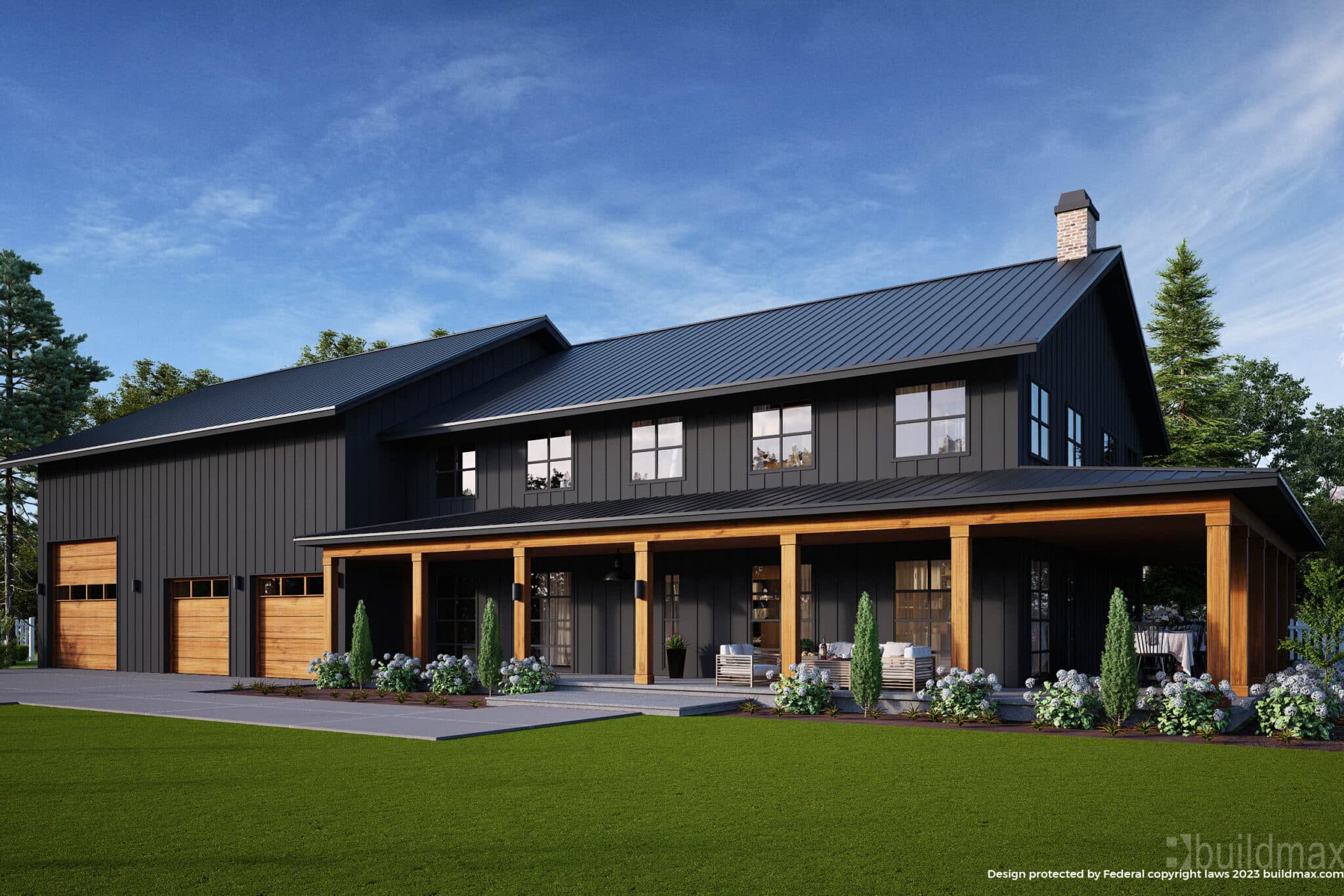Barndominiums, initially conceptualized without basements, mirrored the expansive design of barns, predominantly built on sturdy concrete slabs. However, the notion of including a basement in a barndominium is not only feasible but also increasingly common, diverging from the original design yet adding a new dimension to these structures.
When it comes to laying the foundation for a barndominium, homeowners have several options: a basic concrete slab, a crawl space, or a full basement foundation. The traditional choice has been the concrete slab – a simple and efficient flat concrete base.
Those who opt for a crawl space or a basement will undergo a process involving excavation, followed by the pouring and shaping of concrete for the walls and floor. Specialized brackets are then used to secure the frame posts of the barndominium.
However, deciding to add a basement to a barndominium requires careful consideration. The following sections explore basement options, their benefits, challenges, and alternatives for barndominium foundations.
Diverse Basement Styles in Barndominiums
Barndominiums can accommodate various basement styles commonly found in traditional homes:
– Partial Basements: Cover only a part of the home’s foundation.
– Walk-out Basements: Suited for sloped terrains, these basements have one side exposed to the outdoors.
– Full Basements: Span the entire area under the primary floor of the building.
These basements typically feature concrete walls and floors. Choosing the right basement type for a barndominium involves understanding the structural and design implications of each option.
In traditional barndominium designs, whether post frame or steel frame, the columns are rooted directly in the ground. Adding a full basement requires attaching these posts to brackets on the foundation, a task best handled by an experienced contractor.
Partial basements, covering just a section of the home’s footprint, are a cost-effective and design-compatible alternative. They blend easily into the barndominium’s design, with the rest of the structure sitting on a concrete slab.
Walk-out basements, more complex, are ideal for properties on slopes. These basements have one side at ground level, allowing for an exit door. However, their complexity can lead to higher costs.
Benefits of Basements in Barndominiums
Basements in barndominiums offer several advantages:
– Additional Space: Basements provide extra room for various functions like storage, laundry, or additional living space.
– Enhanced Safety: Concrete basements offer robust protection against extreme weather, serving as a safe haven.
– Natural Cooling: Basements maintain a cooler temperature, beneficial in warmer climates.
Challenges of Basement Integration in Barndominiums
While beneficial, basements pose certain challenges:
– Higher Costs: The excavation and construction of a basement require more resources.
– Longer Construction Time: Building a basement takes longer than pouring a concrete slab.
– Regulatory Constraints: Basements may not always be considered primary living areas, depending on local regulations.
– Lighting and Finishing Needs: Basements lack natural light and may require significant investment in artificial lighting and interior finishing.
Alternatives to Basements in Barndominiums
For those considering other foundation options:
– Slab Foundations: Quick and cost-effective, slab foundations are a popular choice.
– Crawl Spaces: Offer limited height for access and storage, blending well with surrounding slab foundations.
Concluding Thoughts on Barndominium Basements
Integrating a basement into a barndominium brings expanded functionality but also additional work and expenses. The decision to include a basement, particularly a full or walk-out style, must consider these factors, particularly in steel constructions where costs can be significantly higher.
Ultimately, basements offer great utility, potentially transforming into leisure or utility spaces. Barndominiums, like traditional homes, offer a range of design possibilities, including the incorporation of basements, but such additions often benefit from the guidance of experienced contractors familiar with basement foundations.



